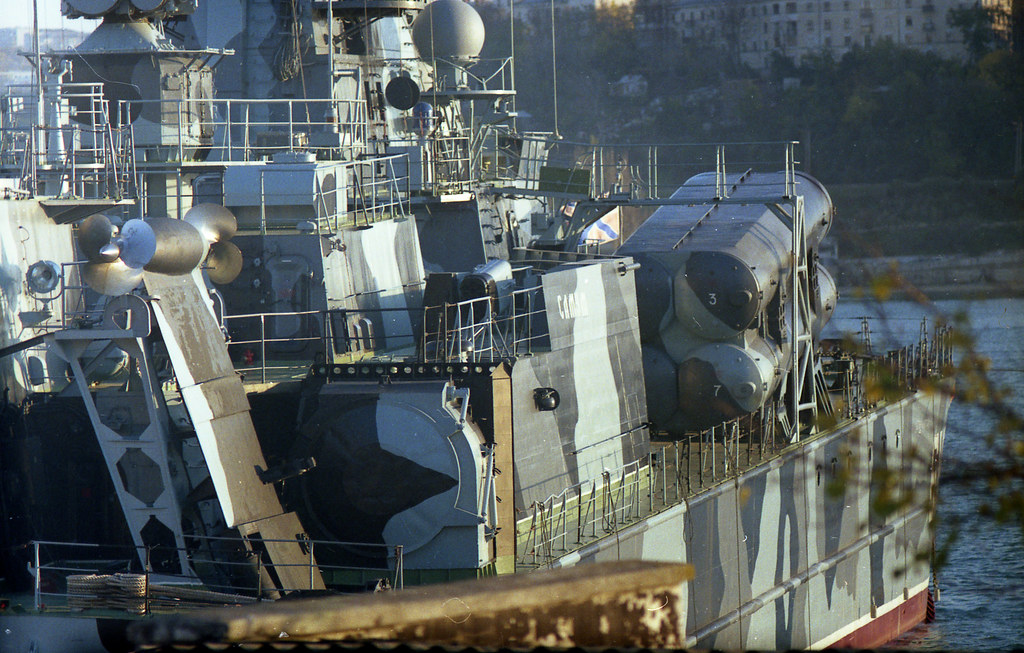
Why would a modern military dig into its Cold War-era stockpiles? In Ukraine, Russian forces have been caught doing just that, bolting half-century-old naval missiles onto air defense systems that were never designed to fire them. The images, published by Ukrainian military analysts, are more than just battlefield curiosities; they’re visual proof of deeper logistical strains inside Moscow’s war machine.
It is not just about the antiquated hardware; this is what happens when a high-intensity conflict burns through munitions at a rate faster than industry can replace them. From jury-rigged missile mounts to drone strikes wiping out millions in air defense assets, the story unfolding on Ukraine’s front lines offers rare insight into the limits of Russia’s military-industrial capacity and the tactical pressures shaping both sides’ adaptations.
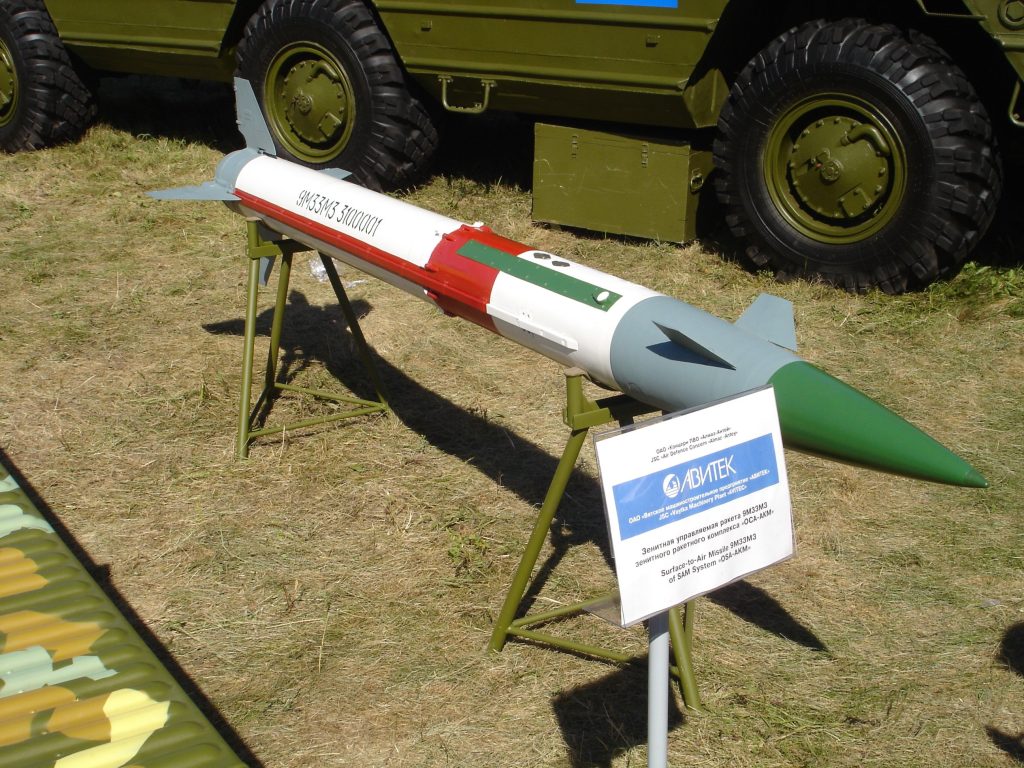
1. The Improvised Osa-AKM Configuration
Analysts with the Vodohrai group shared photos that appeared to depict a Russian Osa-AKM air defense system equipped with Soviet-era 9M33 naval missiles. The missiles, originally fielded as part of the 9K33 Osa system in 1970, had never been envisioned for modernized launch hardware like that carried by Osa-AKM systems. To mount them, mechanics have apparently scrounged original mounting brackets from decommissioned systems and bolted them onto the new launchers.
The adaptation was rough, but functional. In contrast with the standard 9M33M3 missiles, the naval variant does not have a transport-launch container, which makes it instantly recognizable. Militarnyi explained this adaptation as evidence of the shortage of regular Osa-AKM munitions, forcing Russia to tap into the oldest stockpiles.
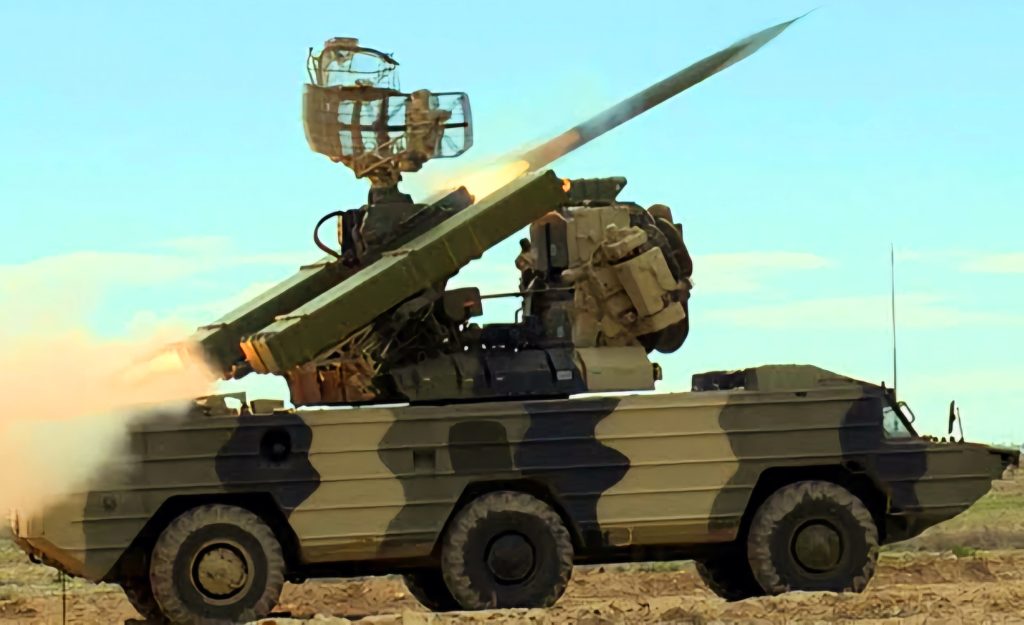
2. A Two-Generation Downgrade
The Osa system evolved through major upgrades in 1975 and 1980, resulting in the Osa-AKM featuring improved proximity fuses and electronics. This means reverting back to the original 9M33 missile and giving up, in particular, those enhancements against low-flying aircraft and helicopters. As one defense analyst explained to me, this is a reversal of decades of technological progress.
Photos even show mismatched loadouts, with one obsolete missile mounted alongside a newer containerized round a testament to the ad hoc nature of the modification and depth of the shortage.
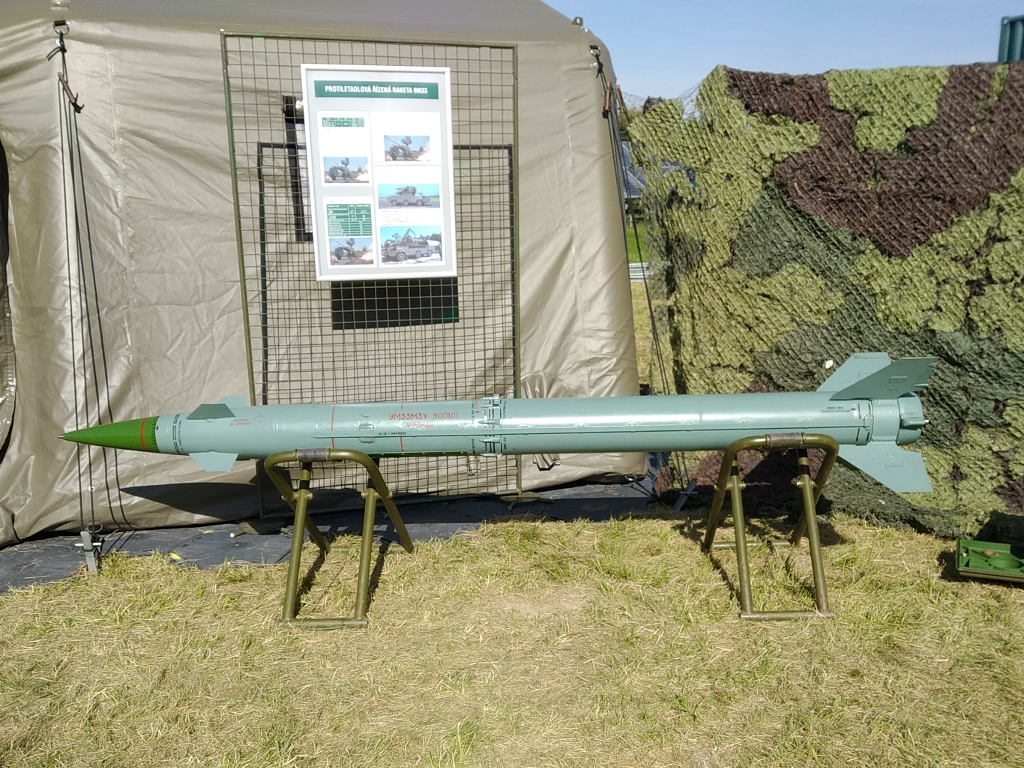
3. Shortages driven by drone attrition
The leading cause of the shortages, however, has been Ukraine’s intensifying drone campaign: Kyiv has compelled Russian air defenses to expend costly interceptors at unsustainable rates by deploying large numbers of relatively inexpensive unmanned systems. Production of the 9M33M3 missile either has stopped or is too slow to keep pace with consumption, analysts believe.
This parallels Ukraine’s own earlier improvisation when it integrated R-73 air-to-air missiles onto Osa launchers a far more complex engineering task than the bracket swap Russia is executing now, but born of the same battlefield necessity.
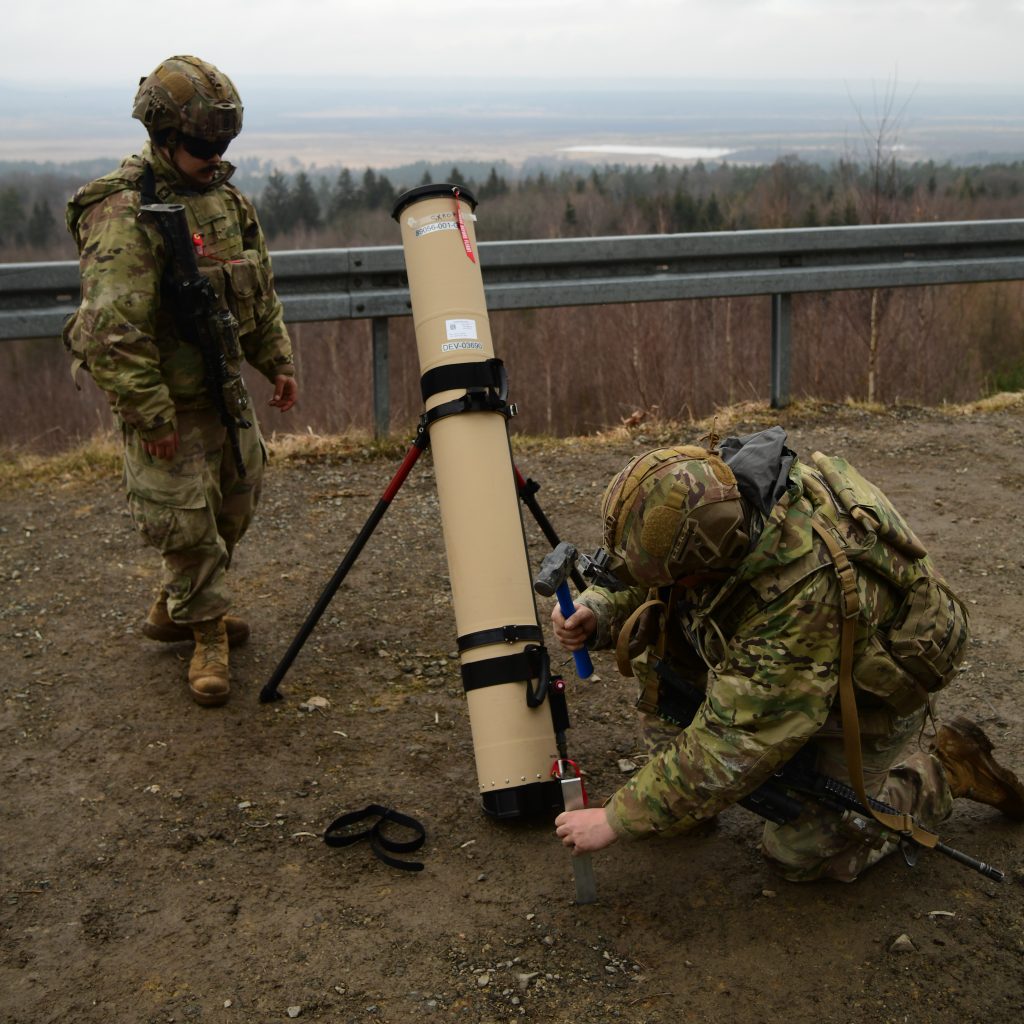
4. Switchblade 600 Strikes on Russian Air Defenses
The Ukrainian military has also several times struck deep behind enemy lines to take out the Russian Osa, Buk, and Tor systems with American-made Switchblade 600 loitering munitions. The 413th ‘Raid’ Regiment famously took out an Osa near Vuhledar, while the Kryla unit of the Defence Intelligence of Ukraine burned out another in Kherson.
The Switchblade 600 has a 40-kilometer range, a 40-minute flying time, and is fitted with a large anti-armor warhead. It has proved to be able to fly undetected by radar and destroy high value targets worth tens of millions of dollars.
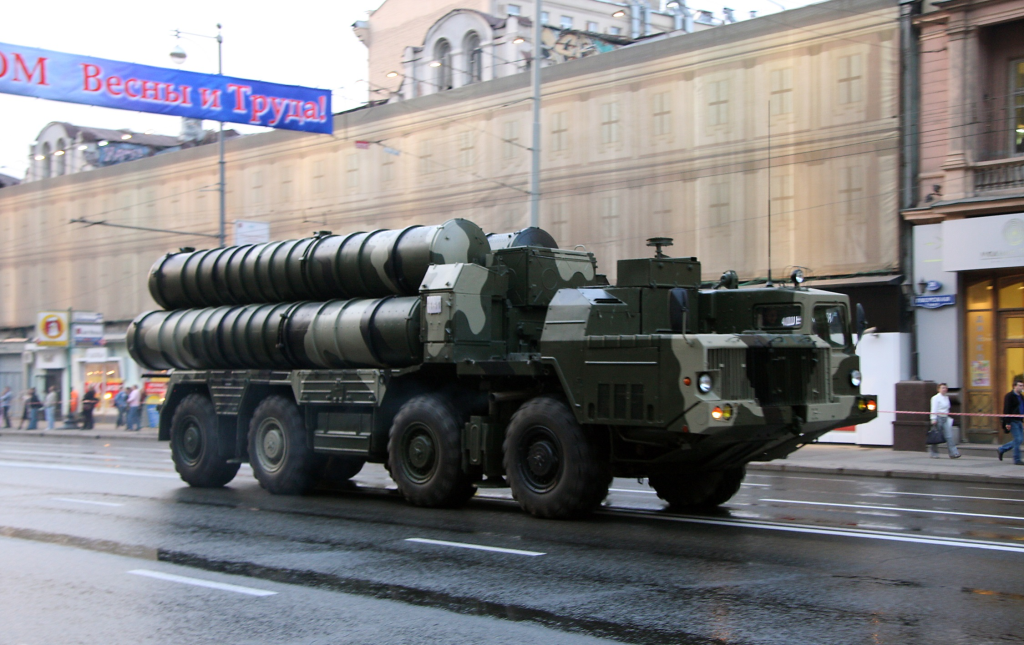
5. Russia’s Broader Missile Repurposing Trend
These adaptations of the Osa-AKM are not an isolated trend. Visual evidence also demonstrates that Russia has adapted S-300 surface-to-air missiles for land-attack missions, which experts tie back to dwindling stocks of precision-guided munitions. “The next best way to have that effect is to repurpose things like S-300 missiles,” said Louise Jones of McKenzie Intelligence Services.
These adaptations also reflect operational limits, given that Russia’s air force has failed to gain air superiority and therefore finds long-range missile strikes a preferred method of engagement.

6. Attrition of Attack Helicopters
Russia’s Ka-52 attack helicopters, equipped with 9K121 ‘Vikhr’ missiles, conducted strikes on advancing Ukrainian armor well outside the range of many types of short-range air defenses. Losses have been steep: UK Defence Intelligence estimated that Russia began the war with no more than 90 mission-capable Ka-52s, with as many as 60 lost to enemy fire and accidents. The exposed nature of such combat aviation reinforces the need for adequate SHORAD coverage of the Ukrainian troops in conducting counteroffensive operations.

7. Shift in the Composition of Russian Strike Packages
Early in the war, Russia had relied heavily on high-end cruise and ballistic missiles; as stockpiles dwindled, the share of low-end systems such as the Shahed-136 one-way attack drones increased sharply-from 40% of long-range projectiles in early 2023 to 61% after April. These drones are cheaper and easier to intercept but still force Ukraine to expend resources. Ukrainian forces have responded with such systems as the German Gepard, which can shoot down Shaheds at lower cost than missile interceptors.
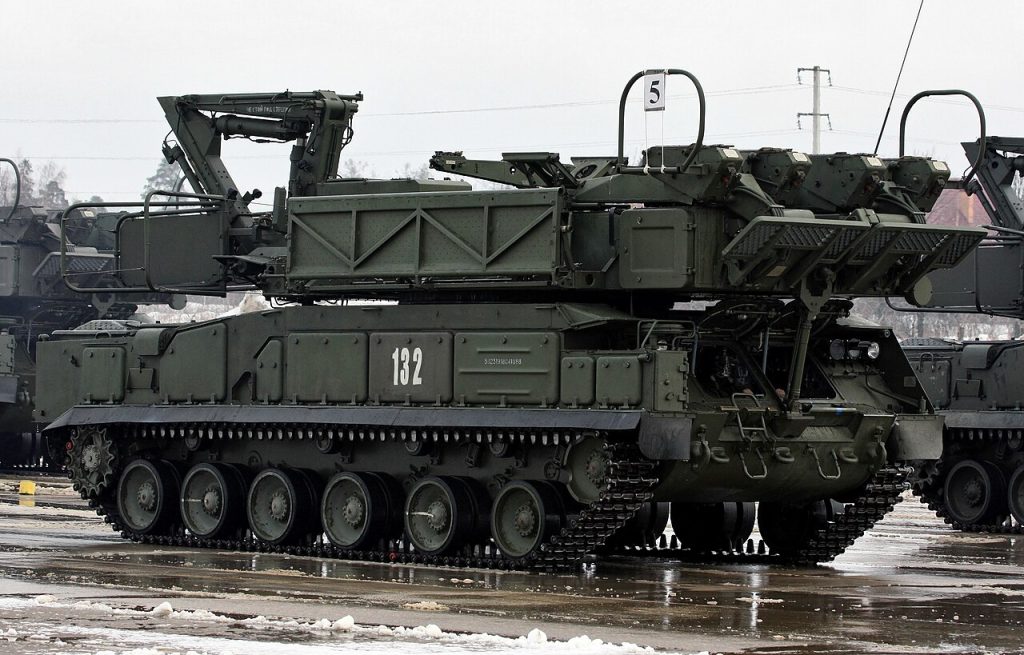
8. Scaling Up of Western Support
Ukraine’s partners have responded to the air defense imperative with substantial deliveries. The United States has delivered additional NASAMS and Patriot rounds, Avenger systems, Stinger missiles, and AIM-7 Sparrows adapted for Buk M2 launchers. The United Kingdom announced funding for hundreds of shortand medium-range systems, mostly Soviet-era missiles. It also doubled Ukraine’s fleet of Gepard vehicles. France and Italy sent a SAMP/T battery. These actions not only build up Ukraine’s defenses but also keep production lines open for complex systems, boosting long-term allied readiness.

9. Strategic Implications for Russia
Reintroducing obsolete missiles onto modern launchers is more than just a technical oddity – it is a signal of stress within the Russian military-industrial complex. Despite operating an economy geared for war, it seems that Moscow cannot scale production of key munitions to match battlefield consumption. The likely culprits are Western sanctions on electronics and precision components. For NATO planners, then, the clear lesson is that with sustained attrition strategies leveraging industrial capacity, the defenses of even a numerically superior adversary can be worn down over time.
The deployment by Russia of the outdated 9M33 missiles on the Osa-AKM systems epitomizes the challenges of a protracted, high-intensity war. It is a battlefield expedient born out of necessity, yet one underlining more profound vulnerabilities where Moscow’s logistics and production capacity are concerned. As Ukraine and its partners continue to exploit these weaknesses through drone warfare and sustained air defense support, the contest over the skies will remain a decisive factor in the conflict’s trajectory.


